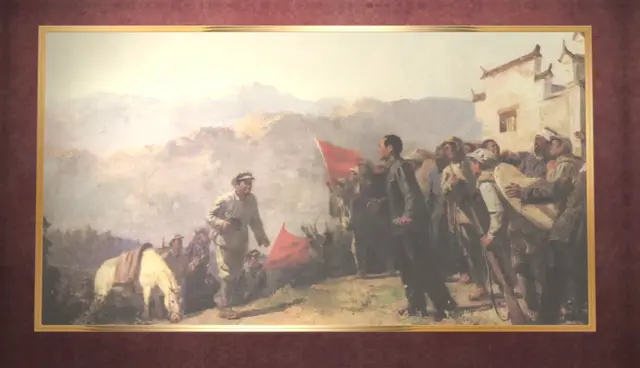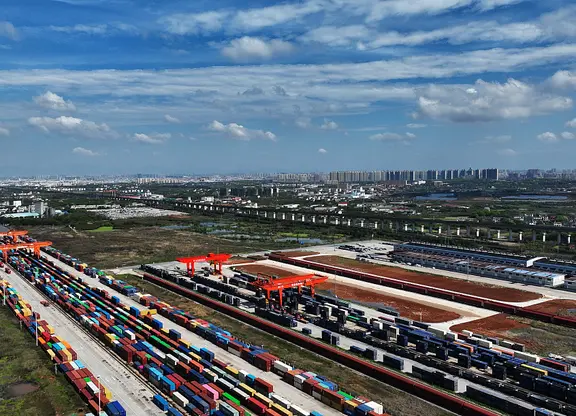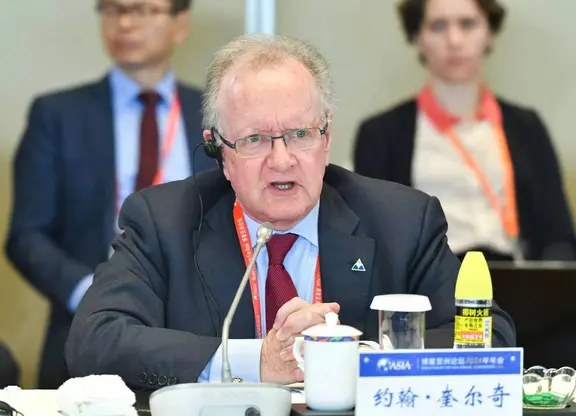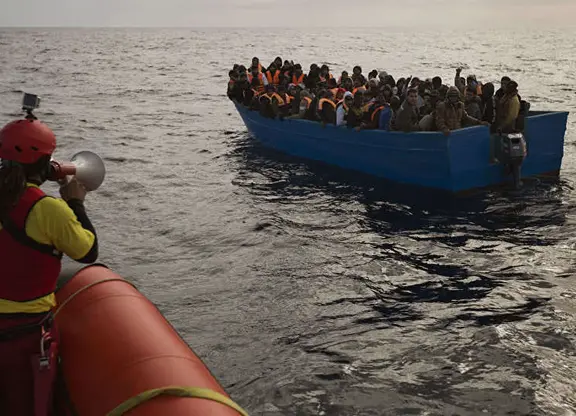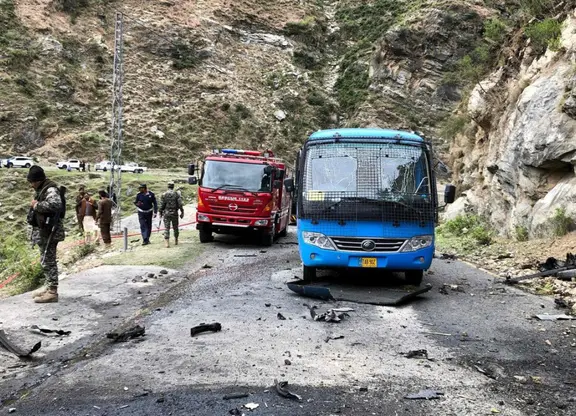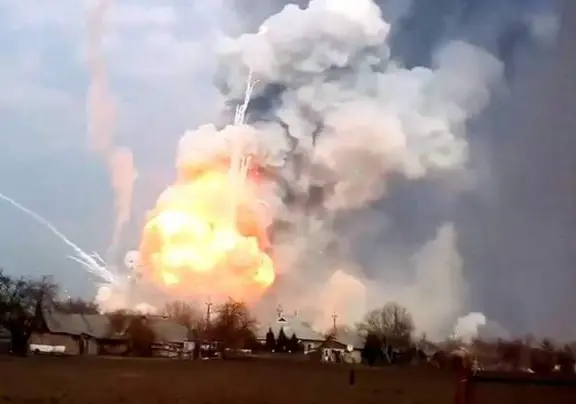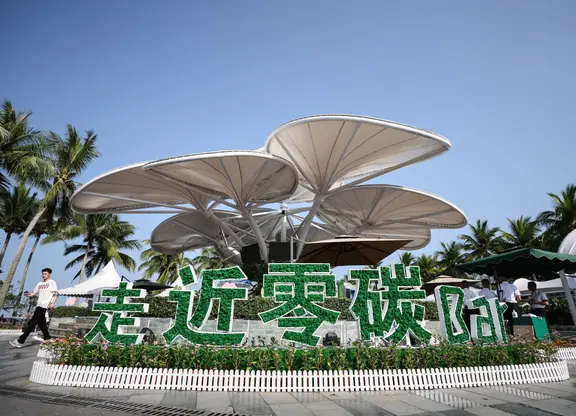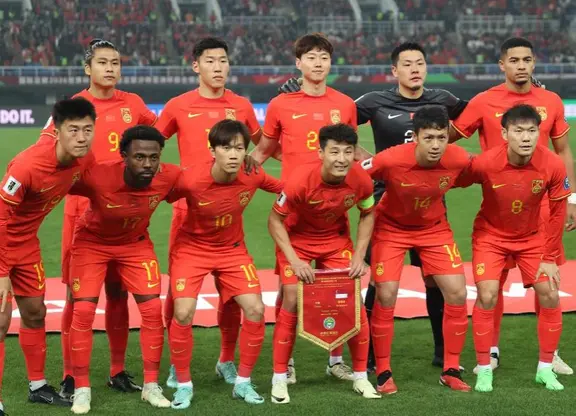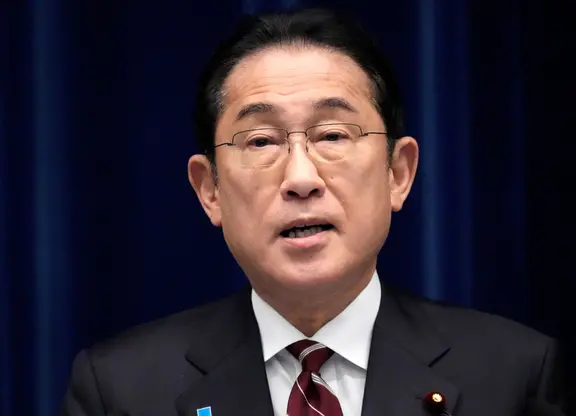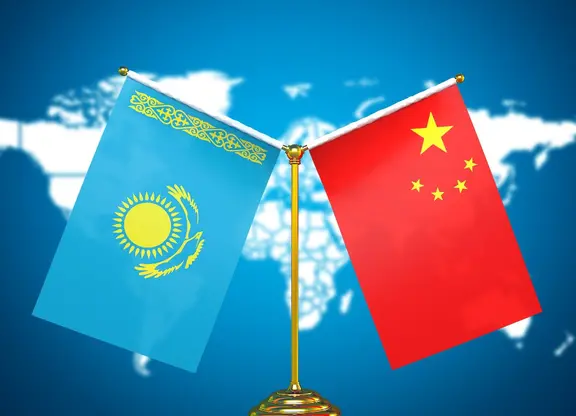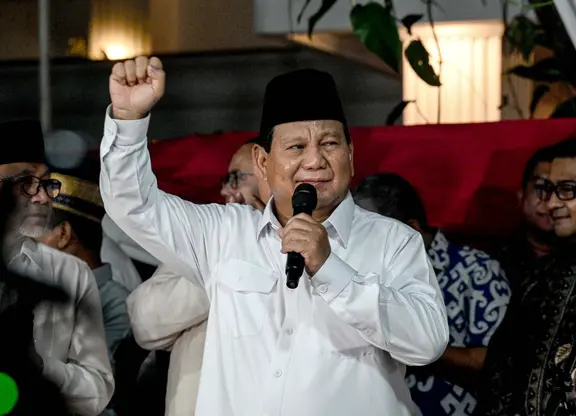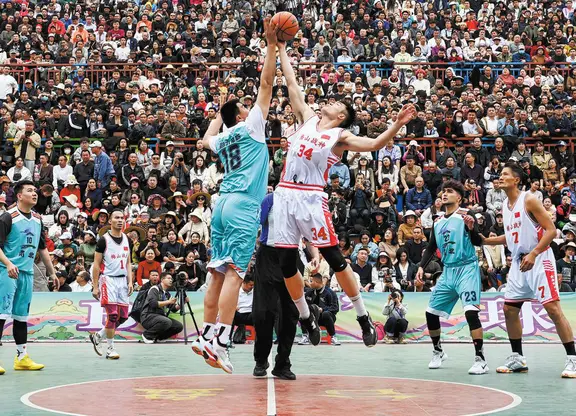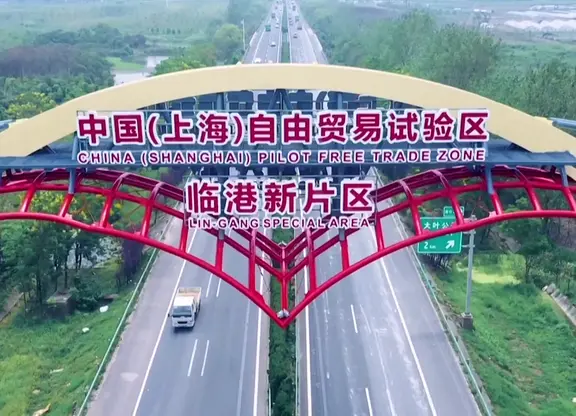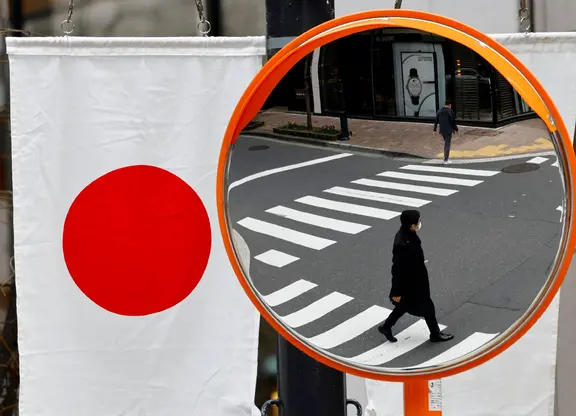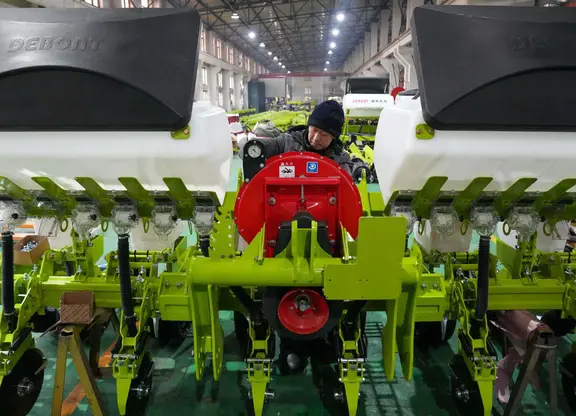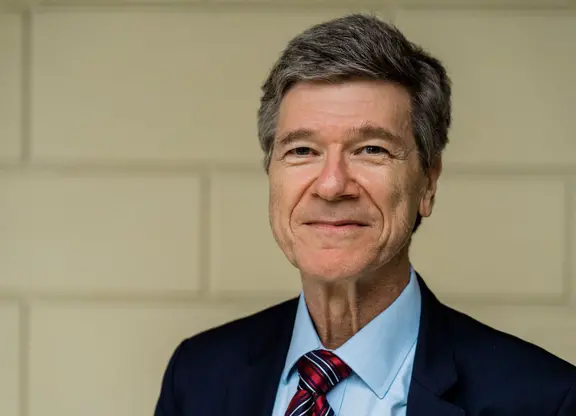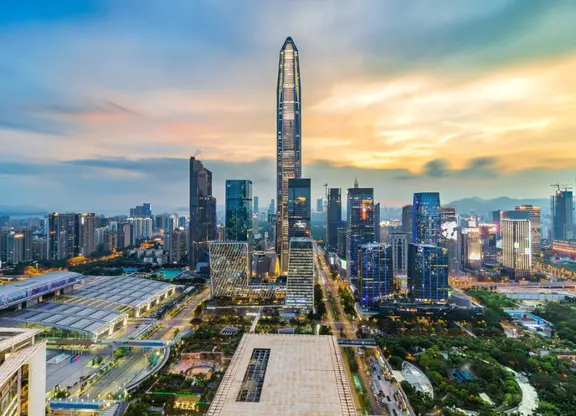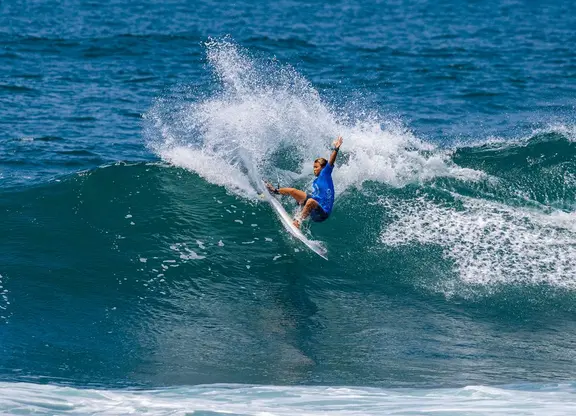00:25
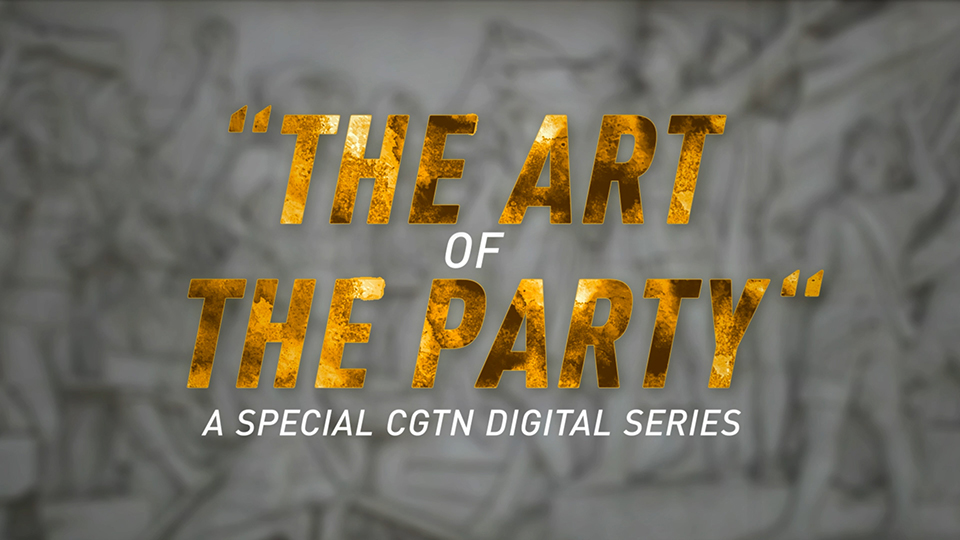
"The Art of the Party" series shows you the historic moments of the Party on the100th anniversary of the Party's founding.
01:57
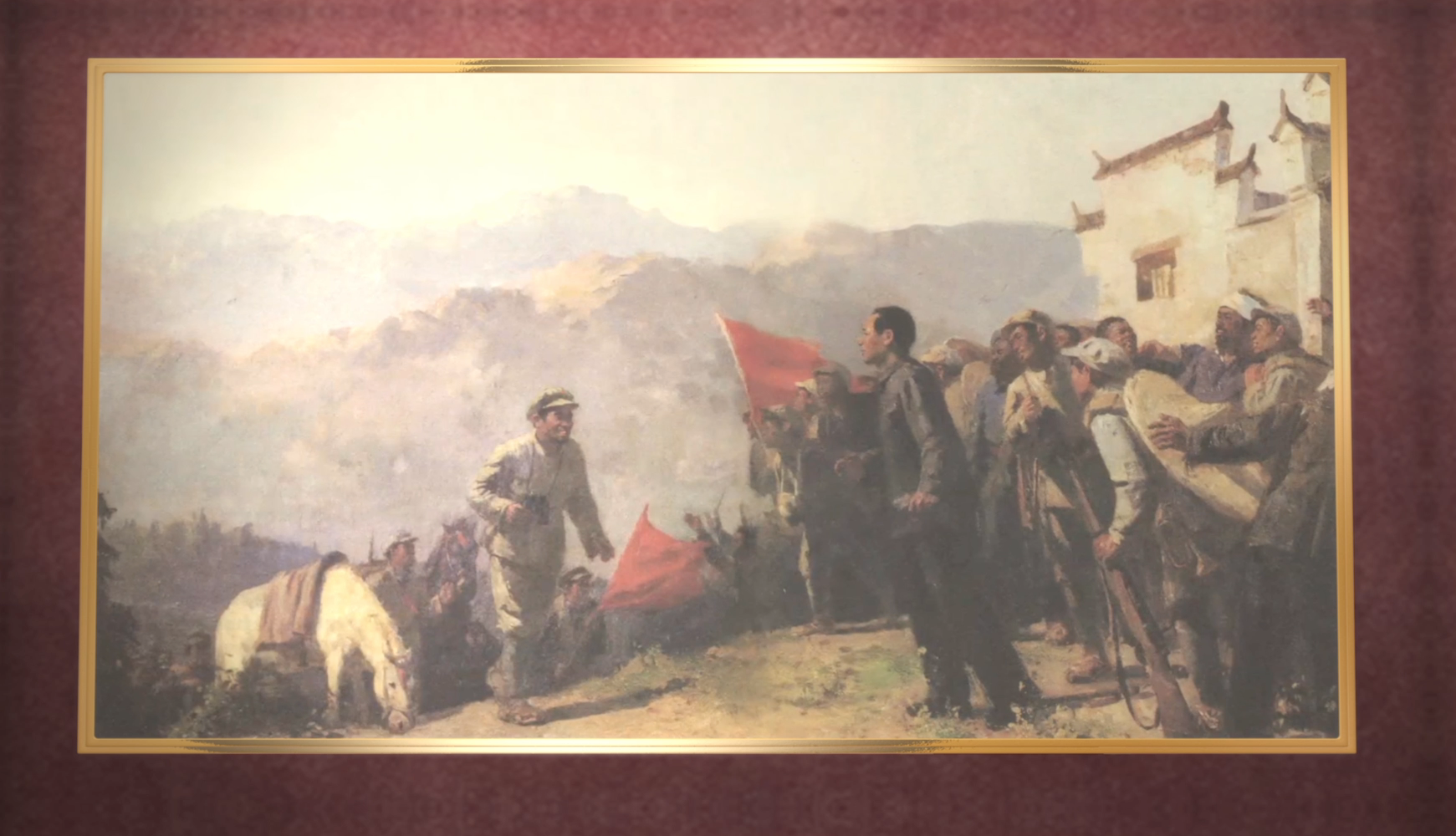
This oil painting, “Jinggang Mountains Meeting,” was created by Chinese realist painter Wang Shikuo in 1957.
It depicts a critical scene where two armed forces of the Communist Party of China met in the Jinggang Mountains, east China’s Jiangxi Province, on April 28, 1928.
One unit was led by Mao Zedong and the other headed by Zhu De and Chen Yi.
Mao had led his troops to the Jinggang Mountains in 1927, the first step of a revolutionary strategy to encircle urban areas from rural areas.
Zhu De and Chen Yi successively led their troops to the area, joining Mao’s forces, and established the first countryside revolutionary base area in China.
The joint forces established the Fourth Red Army and went on to shatter the military joint suppressions of Kuomintang reactionaries and the economic blockage, and achieve eventual victory in the Jinggang Mountains.
The strategy begun there of encircling cities from the countryside was an adaptation of Marxist principles tailored to Chinese conditions.
The battles on the Jinggang Mountains established a foundation for the victory of Chinese revolution.
The Jinggang Mountains, also known as the “cradle of the Chinese revolution,” is a landmark of modern Chinese history.
Check out
The China Report
, our new weekly newsletter.Subscribe here!
 简体中文
简体中文

